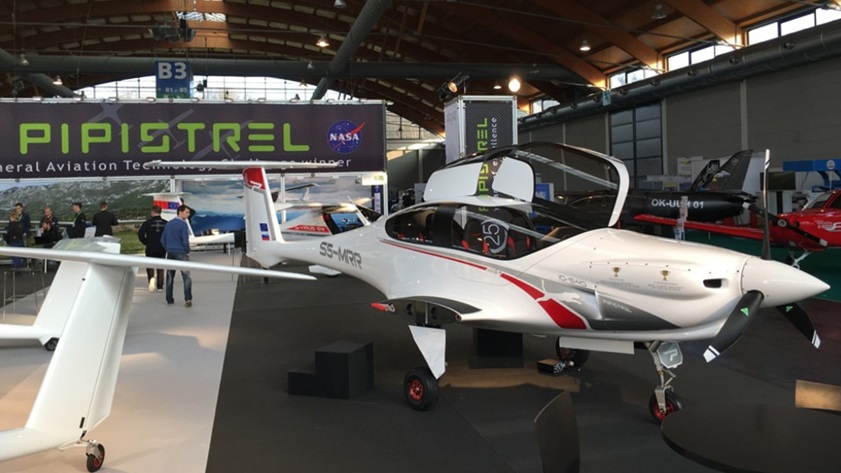Part 23 reform takes effect
Aircraft certification reforms long in the making (and backed by AOPA, among other advocates) took effect Aug. 30, creating new ways to improve safety and affordability across the general aviation fleet.

The final rule that reforms small aircraft certification standards was issued in December, and allows manufacturers to use performance-based, consensus standards in lieu of “prescriptive” standards that have long hindered the development and implementation of new technologies in both new aircraft and the existing fleet. AOPA Senior Director of Regulatory Affairs David Oord said the new certification rule and methods of compliance will reverse that situation, improving safety and reducing cost, and also speeding the arrival of new aircraft and equipment.
The General Aviation Manufacturers Association has had a central role in the reform process, from conception to execution, and recently organized a series of workshops with the FAA to help educate manufacturers and other stakeholders about the implications and opportunities of the new regulatory approach.
Part 23 reform also was supported by Congress, which mandated that the FAA streamline the approval process for equipment that will enhance safety in both new and existing GA aircraft. The new rule applies to aircraft weighing 19,000 pounds or less, with 19 or fewer passenger seats, and will allow much easier and less expensive retrofits of equipment designed to prevent loss of control, or mitigate icing, among other things.



